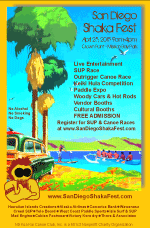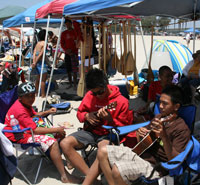Nā ‘ōpio (Youths)
We are much more than just another canoe club...
Nā Koa Kai Canoe Club is proud to announce our Ōpio (youth) Hawaiian cultural immersion program. After four super successful years at a previous San Diego outrigger canoe club, the founder and kumu of that program and his assistant coach decided it was time build a new club just for the youth. This Hawaiian outrigger canoe club is dedicated to teaching the Hawaiian & Pacific Islander culture along with a healthy and active lifestyle to future generations of Pacific Islanders and Pacific Islanders at heart. This is accomplished by training for and participating in competitive outrigger canoe races. This Hawaiian cultural immersion program is for youth paddlers between the ages of 10-18 years old although we do consider younger keiki's on an individual case bases.
This program is the only one of its kind on the U.S. Mainland and is open to the public and youths from all walks of life. If you have nā ‘ōpio (youths) that are interested in learning about the Hawaiian culture and the lore surrounding Outrigger Canoe Paddling, then this program is a must. Although the nā ‘ōpio may get the exciting opportunity to participate in several races, this is only a part of what this program has to offer. The nā ‘ōpio will be participating in a cultural immersion program where they will learn a great deal about the Hawaiian culture. Click on one of the pictures below for more details about each program.
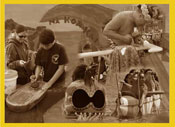
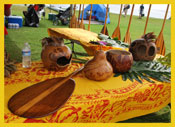
Cultural Immersion Na Mea Hana Elima
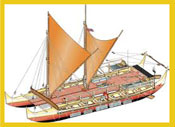
Junior Voyaging
These links encompasses a small fraction of what the nā ‘ōpio will have the opportunity to learn and experience in our cultural immersion program. The end result will be a ‘ōpio with a much deeper appreciation for the Hawaiian culture and outrigger canoe paddling. Space is limited so please don’t miss out on this one of a kind cultural education opportunity. For more information please contact aloha@nakoakai.com
"It is important to understand that much of what we teach we do not document and you may not find it documented in a text book. Prior to the arrival of the New England Missionaries to the Hawaiian islands in 1820 the Hawaiian language was not a written language. Before western influence, much of the knowledge passed to the next generation was passed through hula, oli, and the tradition of hānai by one or more kupuna of the kamaliʽi. Therefore, in keeping with tradition and our great respect for the Hawaiian culture, we choose not to document much of what we teach. Rather, we prefer to pass this knowledge to the next generation through the tradition of the spoken ‘ōlelo".
-Unce Gus!
“Mālama O Kamali‘i Makamae”
(Protect and Honor Our Precious Children)
